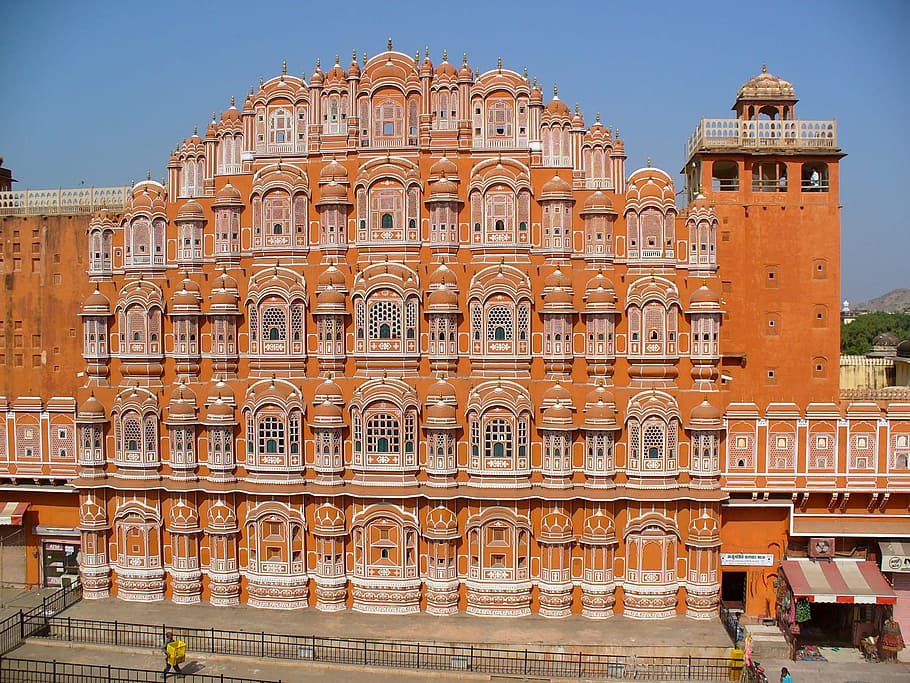Introduction: Why Visit India?
India is a nation of opposites, where the old meets the contemporary, the tranquil blends with the tumultuous, and spiritualism coexists with modernity. Visiting India is like entering into a live history book, rich in culture, traditions, and natural beauty. From its ancient temples to its busy markets, there’s a broad selection of activities waiting for you.
India’s Rich History and Cultural Heritage
Ancient Civilizations
India is home to one of the oldest civilizations in the world—the Indus Valley Civilization. Its historical depth is seen in towns like Mohenjo-Daro and Harappa, where advanced urban planning was performed thousands of years ago.
Mughal Era and Colonial Influence
India’s history is also significantly affected by the Mughal Empire, which left behind architectural masterpieces such as the Taj Mahal, Red Fort, and Fatehpur Sikri. The British colonial period has also affected much of India’s modern-day infrastructure, cities, and educational systems.
The Spiritual Heart of India
Temples and Sacred Sites
India’s spiritual heritage is apparent in its majestic temples, mosques, and cathedrals, each representing the deep-rooted religious variety of the country. The Golden Temple in Amritsar, the complex carvings of Khajuraho, and the rock-cut caves of Elephanta are just a few instances of the country’s heavenly architecture.
Major Pilgrimage Destinations
India is the birthplace of major religions like Hinduism, Buddhism, Sikhism, and Jainism. Varanasi, Haridwar, Bodh Gaya, and Amritsar are important pilgrimage locations for millions of travelers seeking spiritual consolation.
India’s Natural Beauty
The Himalayas
For nature lovers and adventurers, the Himalayas provide some of the most spectacular scenery in the world. From trekking in Himachal Pradesh to visiting hallowed sites like Kedarnath, this mountain range is both a spiritual and physical challenge for those who go into it.
Beaches, Deserts, and National Parks
India also boasts gorgeous beaches throughout its lengthy coastline, especially in Goa, Kerala, and Andaman Islands. Rajasthan’s Thar Desert offers a unique experience with camel rides and sand dunes, while national parks like Jim Corbett and Sundarbans allow you to discover India’s wildlife, including Bengal tigers and elephants.
Iconic Landmarks to Visit The Taj Mahal
No vacation to India is complete without viewing the Taj Mahal, a UNESCO World Heritage Site and one of the Seven Wonders of the World. This white marble mausoleum is a symbol of eternal love and gives a very magical experience, especially before sunrise.
Jaipur’s Forts and Palaces
Known as the Pink City, Jaipur features exquisite palaces and forts such the Amber Fort, Hawa Mahal, and City Palace. The rich heritage of the Rajput monarchs can still be felt in the finely constructed structures.
Varanasi: The Spiritual Capital
The sacred city of Varanasi, on the banks of the Ganges River, is a must-visit for those interested in India’s spiritual side. Witnessing the evening Ganga Aarti or having a boat ride on the Ganges is an experience unlike any other.
Delicious Indian Cuisine
Regional Dishes to Try
India’s cuisine is as diverse as its culture. From the creamy gravies of North India to the aromatic rice dishes of the South, the food here delivers a blend of flavors that will leave you needing more. Don’t miss out on meals like butter chicken, dosa, biryani, and the limitless types of curries.
Street Food and Markets
Indian street cuisine is an experience in itself, with appetizers like chaat, samosas, and vada pav. Each city’s market has its own uniqueness, so be sure to indulge in the local flavors.
Vibrant Festivals and Celebrations
Diwali
The Festival of Lights, Diwali, is celebrated with fireworks, sweets, and decorations throughout the country, signifying the triumph of good over evil.
Holi Holi, the Festival of hues, is a joyful event where people fling colored powders at each other in a riot of hues. It’s a time of joy, music, and dance.
Durga Puja
In West Bengal, Durga Puja is a huge celebration with spectacular processions, performances, and art.
Best Time to Visit India
The best time to visit India is during the cooler months, between October and March. The summer months (April to June) can be excessively hot in many places of the country.
Travel Tips for Visiting India
Safety and Health Precautions
India is typically secure for travelers, but it’s vital to take basic precautions, especially in crowded places. Carry bottled water, avoid street food from filthy vendors, and be wary with your valuables.
Language and Communication
While Hindi and English are widely spoken, each state has its own distinct language. Learning a few basic phrases in Hindi or the local language will enhance your experience.
Why India Should Be on Your Travel Bucket List
India’s sheer diversity, from its history and architecture to its culture, cuisine, and natural beauty, makes it one of the most intriguing locations in the world. Whether you want adventure, spirituality, or cultural immersion, India has something for everyone.
Conclusion
Visiting India is like starting on a trip through time, culture, and tradition. From its sacred temples to its palaces, exciting festivals, and various landscapes, India offers experiences that are really unforgettable.
FAQs
What are the must-see sights in India?
The Taj Mahal, Jaipur’s forts and palaces, Varanasi, and the temples of South India are crucial.
Is India safe for tourists?
Yes, but like any trip, you should take basic safety precautions, especially in congested areas.
What is the ideal time to visit India?
The best months to visit are between October and March when the temperature is cooler.
How do I navigate about India?
India offers a multitude of transport alternatives, including railroads, domestic planes, buses, and private taxis.
What should I pack for my vacation to India?
Comfortable clothing, sunscreen, a good camera, and toiletries. It’s also advisable to pack modest apparel when visiting temples and religious locations.


